Tags
australia, ballarat, bantry, durrus, Food, Healy, history memoir, ireland, Irish Free State, james, Methodism, Moloch, skibbereen, tim healy
Recollections of James Stanley Vickery as a grandchild in Molloch, Durrus, Bantry (1829-1911), House c 1740-70 and Probably Prior House in ruins Pre-1740
Mulloch:
In Australia:
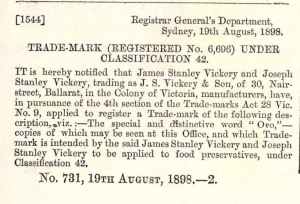
Enclose are picture of the house, yard and well in January 2016. Also enclosed in the probably earlier Vickery house possibly before 1740s situated just a distance from the present house which was lived in up to the 1980s by the Swanton family who are probably related by marriage to the Vickeries.
The farm comprised 170 acres large farm for the area.
In the Bantry Estate Records the Vickeries and their kinsmen the Warners and O’Sullivans were noted as yeomen farmers. Like the Warners, the Vickeries probably originated in nearby Rooska and are most likely in the Bantry area pre 1700. The Warners apart from farming also held various farms which were sub let as did the Tedagh Sullivans, The Warners had a reputation for hard work, honesty and fair dealing which transferred to their Cork descendants, the Musgrave family (Supervalu) on the female line. Like the Vickeries they were Church of Ireland and late converted to Methodism.
House 1740-70, and probable pre 1740 house:
There is a debate as to whether he has all the family information correct. Entire Recollections:
https://plus.google.com/photos/100968344231272482288/albums/5884047429692369217?banner=pwa
In Frank Callanan’s biography of Tim Healy (Politician, barrister, Governor General of Irish Free State) he states that his grandfather Healy was a classical teacher in Bantry. In the recollections James relates how he was taught by a master called Healy it may be the same man.
The above house may have been the residence of James Stanley Vickery. It is owned by Mr Jimmy Swanton, Moloch, Durrus and was lived in until around 25 years ago.
These are an extract of the early memories of James Stanley Vickery who later went to Australia. He founded a business in Ballarat dealing in chemicals, food products etc. This successful business remained in the Vickery family until World War 2.
James Swanton was a notable local figure and was a Cess payer representative in 1834:
1834. NAMES and PLACES of RESIDENCE of the CESS PAYERS nominated by the County Grand Jury at the last Assizes, to be associated with the Magistrates at Special Road Sessions to be holden in and for the several Baronies within the County, preparatory to the next Assizes, pursuant to Act 3 and 4 Wm. 4, ch. 78.
| Barony of Bantry | William O’Sullivan Carriganass, Kealkil | Michael Sullivan, Droumlickeerue | John O’Connell, Bantry | Richard Levis, Rooska |
| William Pearson, Droumclough, Bantry | Daniel O’Sullivan, Reedonegan | Jeremiah O’Sullivan, Droumadureen | John Cotter, Lisheens, | James Vickery, Mullagh, Bantry |
| Rev. Henry Sadler, The Glebe | John Godson, Bantry | Richard Pattison, Cappanabowl, Bantry | John Kingston, Bantry | Samuel Vickery, Franchagh |
| William Pearson, Cahirdaniel, Bantry | Robert Vickery, Dunbittern, Bantry | Daniel Mellifont, Donemark | John Hamilton White, Droumbroe | Samuel Daly, Droumkeal |
He was born in Skibbereen and after his parent died of Asiatic cholera in 1832 he and his two sisters went to live with their grandparents at Moloch, Durrus 1832-36. His grandfather James had formerly farmed in Rooska and held the farms by lease from Lord Bantry at a modest rent and the family was comfortably off. There was a suggestion that the family were involved in smuggling and the Vickerys are reputed to descend from two brother shipwrecked in Bantry c 1740. In later years his grandfather became religious and a leading light in the Methodist movement. James spent 4 years in Moloch and gives an interesting account of life at the time. In his grandfather’s time there were good prices for produce but hard to get to market. There were no proper roads and his grandmother or aunt had to go to Bantry it was on horseback in the old fashion pillion. When wheeled vehicles arrived on the farm but were used with a feather bed.
The house was a two storey one with slated roof. There was rough comfort with turf fires. Wood was dug out of the bog sufficient to make rafters for the outhouses, oak as black as jet. There was a resinous wood found in great plenty out of which when dry they made good torches which was often used instead of a candle. In 2008 there are still quantities of bog oak in the nearby Clonee bog.
Bacon hanging from the kitchen rafters, potatoes in their prime, with oatmeal porridge, wholemeal bread, milk and butter and honey in abundance. It was the finest honey country around with the hill tops covered in native heath and the fields in red clover. There was the best kind of fish with very little of either beef or mutton or even the staple commodity bacon. Off the wild coast grew some edible seaweeds which made a cheap pleasant and extremely wholesome food. Carrageen moss had long formed a medical food of great value. Shellfish of various kinds were cheap, crab of large size were very common. Oysters very large and plentiful were not much in use. Everything was both cheap and plentiful with the exception of that most needful of all money to purchase. He knew of turbot sold at 2/6 which would cost 20/- in Billingsgate. The people though living close to the sea were not strictly seagoing unlike the Cornish folk on the opposite coast of England.
Spinning wheels would be making music the large one for wool and the small one for flax. The articles made from these materials were very coarse but strong and endurable. Farming implements were of the primitive kind, a one furrow plough scythe, sickle and flail. The latter consisted of two well seasoned ashen sticks about five feet long united together with strip of green hide. With this the corn was threshed and it was a pleasant sight to watch the active young men face each other at the work. There was not even a winnower in use and the corn had to be separated from the chaff by holding it up to the wind the corn falling on a sheet of tarpaulin spread on the ground to receive it. Foreign matter small stones and clay was later removed prior to going to the mill by spreading it on a large kitchen table and the women of the house picked it out.
After killing the fatted cow the rough fat was melted and used in the making of candles usually by the slow process of dipping. A good washing potash lye was made from ashes of burnt furze. Starch was made from the farina of potatoes. A kind of tea was made from a certain kind of mint, china tea being a luxury forming often times a valued present from well to do friends. A sweet and mild alcoholic drink was brewed from honey called metheglin (spiced mead). Sickness was treated with simple herbs grown in the garden. He well remembered the abhorrent taste of tansy to kill worms and other parasites in the child’s interior. Whiskey was not forgotten no doubt having the well known peculiar flavour of genuine ‘Potheen’. It was very little used as a beverage by the family but as a remedy it had its place in emergencies. He dwelt on these particulars as they gave an insight on the common life of the time now passed away.
He recalls his grandfather’s death and the wake going over two nights with a professional keener.
He went around 1837 to a small private school in Bantry run by a man called Healy who was a Catholic. The new National schools had been boycotted by the Irish Protestants. Healy had attained a proficiency in mathematics but was extremely cruel, over one of the rafters he threw a small rope and tied it under James’s arms and hoisted him up swinging him gently and letting him feel the holly rod to the amusement of the other boys. His wife on seeing it stopped him and gave Healy a piece of his mind. Healy was later convicted of cruelty in front of the magistrates. James later went to live with relatives in Bandon and went to Australia in 1853. The house in Mulagh is the old Swanton farmhouse last occupied by Jimmy Swanton’s mother 1980s. and in fair structural condition. Sullivan

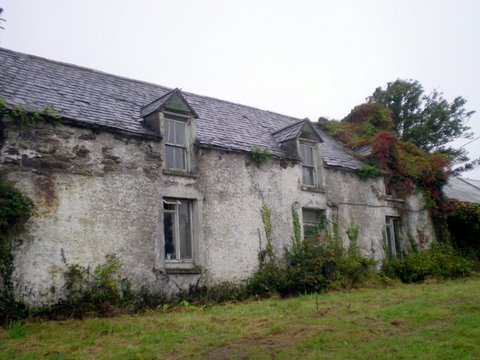
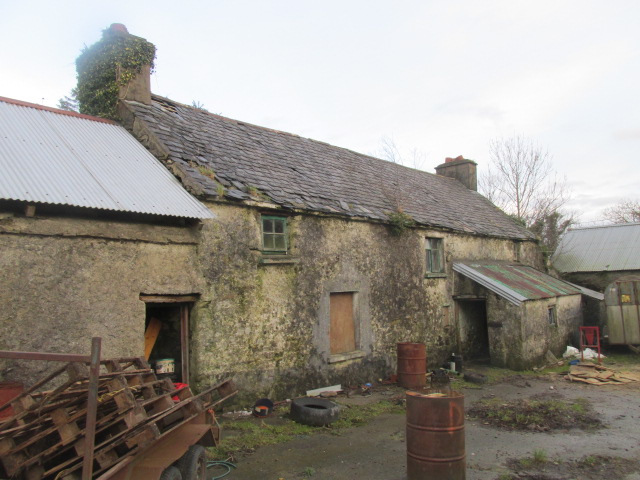
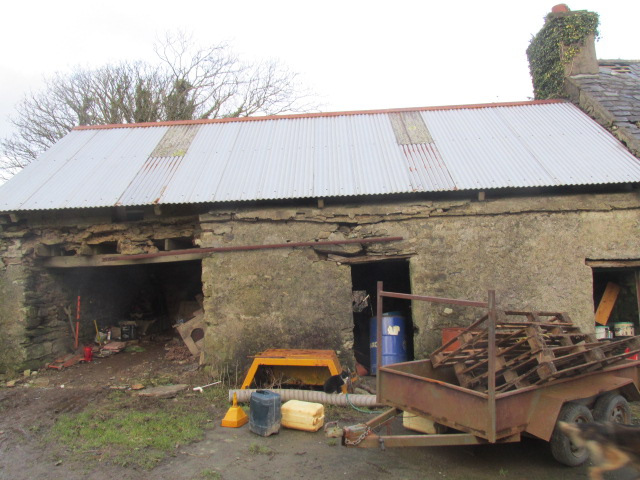


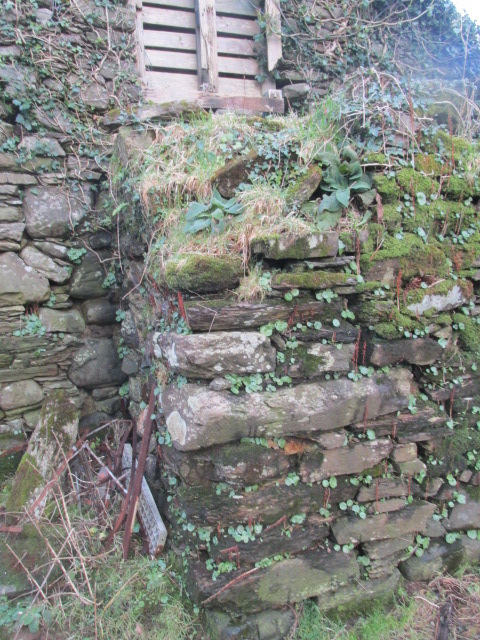
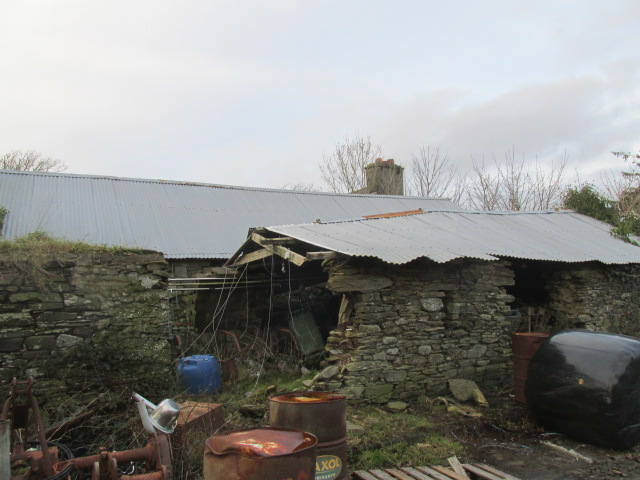
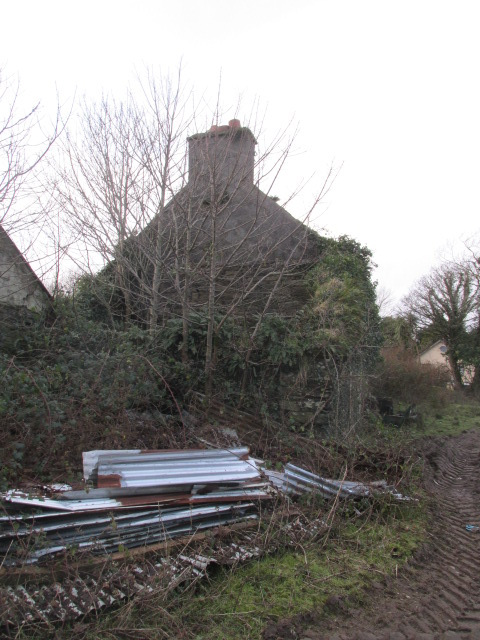


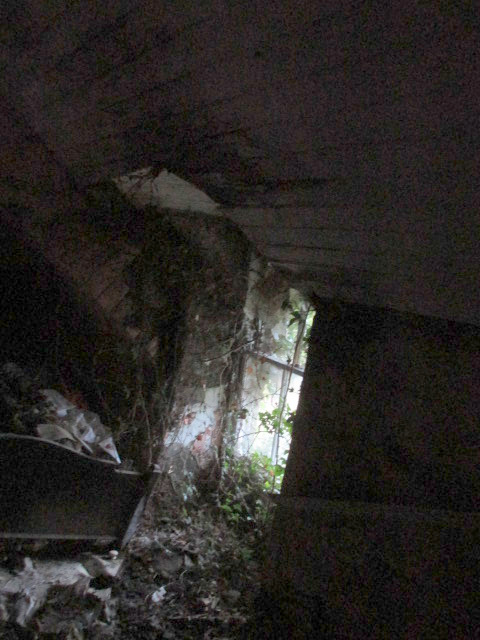


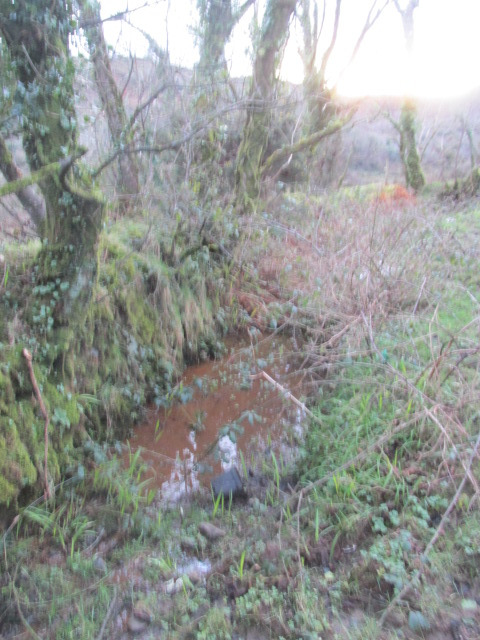



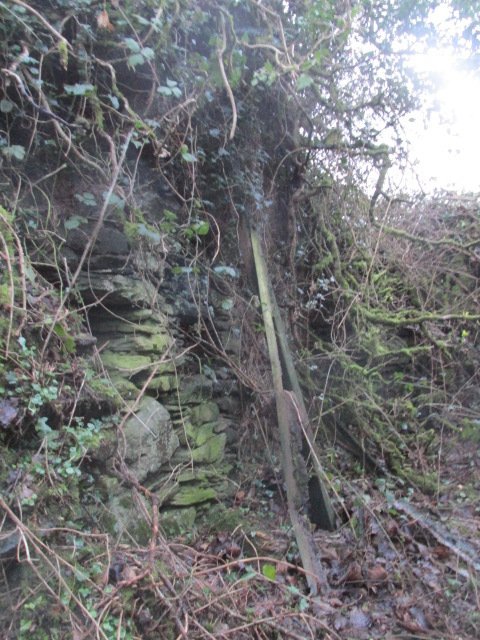

Fascinating article- especially the parts about the foodstuffs, thanks for posting.
LikeLike
When you refer to ‘Robert’, I think you mean James? It was James Stanley Vickery’s story that is told here as far as I am aware…he was my GGG Grandfather
LikeLike
Old James is my 3rd great grandfather. Thanks for posting.
LikeLike
Pingback: John Wesley’s Cork Visitations, 1750, 1752, 1762, including Bandon, Kinsale, meeting Whiteboys and their Oath to Queen Sive and overview of methodism in West Cork. | West Cork History
I am a direct descendant of the Sullivans in Tedagh. My sister and first cousin and I visited Tedagh at Halloween 2014. The house in the picture above looks extremely like the most modern house in the Sullivan’s Tedagh group of houses, (now even more derelict). Also I went to school in Cork, with a Swanton girl from Mullagh.
LikeLike
Just found this article while searching for a George Vickery of Ballycommane, Durrus. His daughter Hester married in 1873 in Bantry Methodist church. Was wondering if there’s any connection. Its a great story to read and paints a great picture of the time.
LikeLike
Pingback: Spinning and Weaving John and Isaac Johnson and John Croston Weavers of Old from 1938 School Folklore Collection, Carrigboy National School, Durrus, West Cork. From Breda McCarthy, Coolcuaghta. | West Cork History
Pingback: Sale of 800 Gallons of Old Metheglin, March 1823. | West Cork History
Pingback: James Swanton Vickery (C1837-1908) from West Cork, to Stockbroking in Australia. | West Cork History
Pingback: Dr. Richard Vickery, son of James Vickery, Skibbereen, Grandson of James Vickery, Molloch Parish of Durrus, Surgeon, Hospital Company, 2nd Regiment, Federal Army, US Civil War, 1862. | West Cork History
Reblogged this on West Cork History.
LikeLike